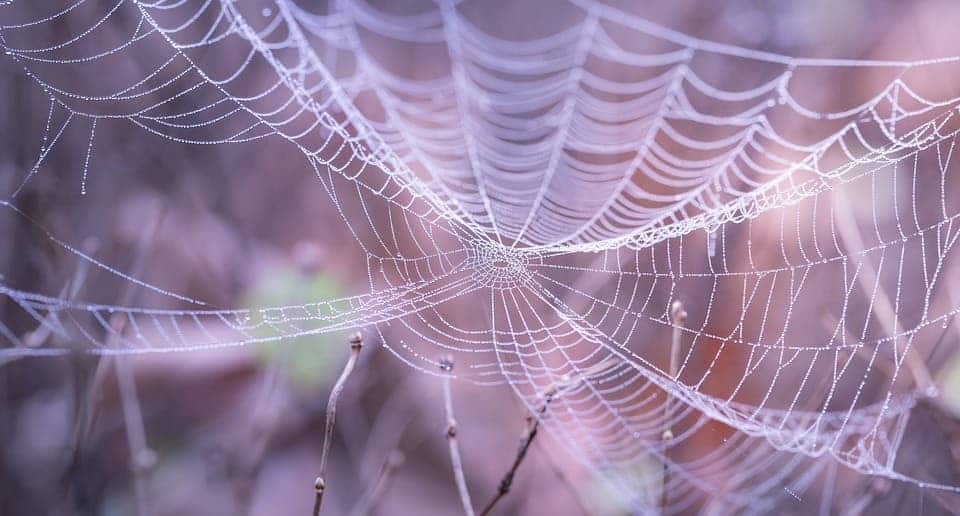Scientists believe they have untangled the method of creating spider silk-like materials. This material could greatly help in controlling bleeding and repairing difficult wounds.

Spider silk is a protein fibre which spiders use to create webs or other structures, as well as for nests or coccons. Most silks, in particular dragline silk, have exceptional mechanical properties. The material is five times stronger than steel and three times tougher than Kevlar.
“Recently there has been a lot of interest in using spider silk for advanced textiles, but we are mainly interested in medical applications,” said Anna Rising, a researcher at Swedish University of Agricultural Sciences and one of the authors of the study.
The quest to create usable spider silk is not new, but harvesting it directly from the spiders is not really feasible (they get very aggressive and usually start eating or killing one another when housed together).
“Since spiders are territorial and produce small amounts of silk, any industrial application of spider silk requires production of recombinant spidroins and generation of artificial spider silk fibers,” the researchers wrote in a paper published Monday (Jan. 9) in the journal Nature Chemical Biology.
The idea of using such materials in medicine is also not new. There has been some success in stitching animal wounds with spider silk but generally, produced silks were in disappointingly small quantities at low concentrations and required intense processing even after production, to develop the desired properties. The problem lies in the structure. The bigger a protein is, the harder it is to produce – and silk is huge, “often in the range of 3,000 aminoacids,” Daniel Meyer, marketing executive at the biotech company Spiber Inc., told the Wall Street Journal.
This time, the team mimicked the conditions inside the spiders’ silk glands and produced significant quantities of the substance from a mixture of bacteria and bioengineered proteins, all of which are safe for living tissues, because no harmful chemical or additives were incorporated. Just one liter of it can generate a whole kilometer of spider silk.
But even though it looked and behaved similarly to the real deal, the engineered product still had lower toughness and tensile strength than its natural counterpart.
“The as-spun NT2RepCT fibers had a qualitatively similar stress-strain behavior to native spider silk in that they displayed an initial elastic phase up until a yielding point,” after which the silk began to deform, the researchers wrote in the paper.
“One possible way to increase the toughness could be to spin NT2RepCT fibers with diameters closer to that of native dragline silk, as this apparently has an impact on the mechanical properties of silk fibers,” the researchers wrote.



